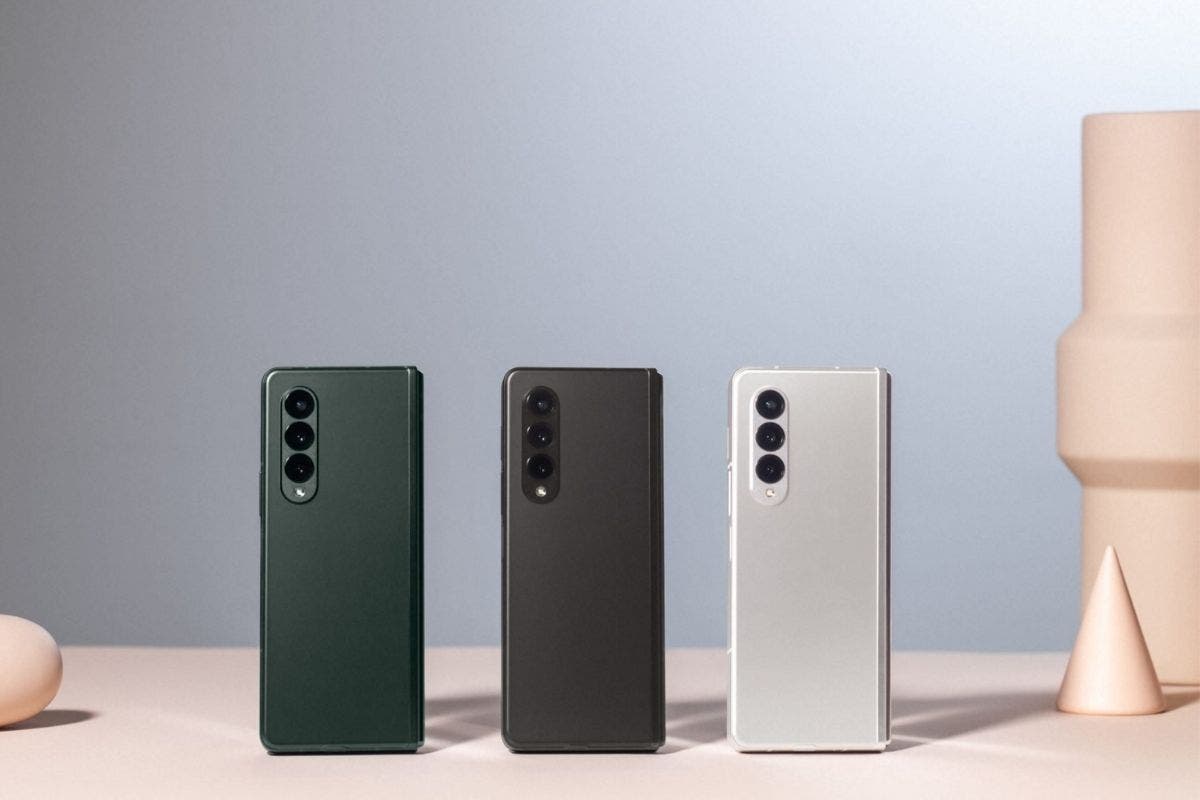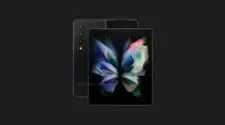Previously, students have been considered as a separate group of customers that have low incomes but high requirements for smartphones. Say, they were wishing good camera, stylish look and the likes. But for smartphones aiming at them, there has been a certain requirement – low price. Currently, students can’t be described in this way. From my own experience, I can insist that many students have higher incomes than tutors. But this is not the topic we are going to talk about. Instead, we will focus on various groups of smartphones that students are looking at nowadays when buying new ones. For this, we separated three sets.
Innovative Smartphones For Students
This month, we met many smartphones from this category. Several famous smartphone vendors announced their innovative smartphones that are ideal for students, first. Let’s get acquainted with their biggest highlights briefly.
Samsung Galaxy Z Fold 3
This smartphone adopts an inward folding solution. The inner display is 7.6 inches in size. We are dealing with a Dynamic AMOLED 2X panel that supports an adaptive 120 Hz refresh rate. Plus, Samsung has put an under-screen camera in this unit. However, it has only a 4MP camera. But it has the largest 2.0µm pixels of all cameras on board and comes with a bright f/1.8 aperture. But there is also a 10 MP camera in the punch-hole cover screen with an f/2.2 aperture.
In terms of main cameras, the device has a triple 12 MP camera setup. There is a 12 MP unit with an f/1.8 lens and a 1/1.76″ sensor size. The secondary unit is a 12 MP f/2.2 ultrawide module with 1.12µm pixels while the tertiary sensor is a 12 MP f/2.4 telephoto sensor with a tiny 1.0µm pixel size and 2x zoom.
The secondary screen is 6.2 inches in size and is covered with a Gorilla Glass Victus. It supports a 120Hz refresh rate as well. Samsung has added a stylus support to the phone as well. That’s why it is considered to be one of the best smartphones for students.
As for performance, like many other top-end models, the Galaxy Z Fold 3 sports a Qualcomm Snapdragon 888 SoC. It is paired with 12GB of RAM and 256/512GB of UFS 3.1 storage. Unfortunately, the battery capacity is only 4,400mAh and the fast-charging still tops at 25 wired charging. But there is also a 11W wireless charging and a 4.5W reverse wireless charging.
The new Samsung Galaxy Z Fold3 retail at €1,799 (256GB) or £1,599 (512GB), respectively.
Samsung Galaxy Z Flip 3
The Galaxy Z Flip 3 is an ideal smartphone for students and it is the direct competitor to the Moto RAZR V. But unlike the latter, we are dealing with not the first generation. As you know, prior to this, the Korean manufacturer has already managed to bring a device with the same form factor to the market. Anyway, this new model comes with a 6.7-inch display which supports 2640 x 1080 pixels and a 120Hz refresh rate. On the front, it has a Corning Gorilla glass Victus cover. On the opposite side, there is a secondary screen with a Super AMOLED material and a 1.9-inch diagonal. The latter supports a resolution of 260 × 512 pixels.
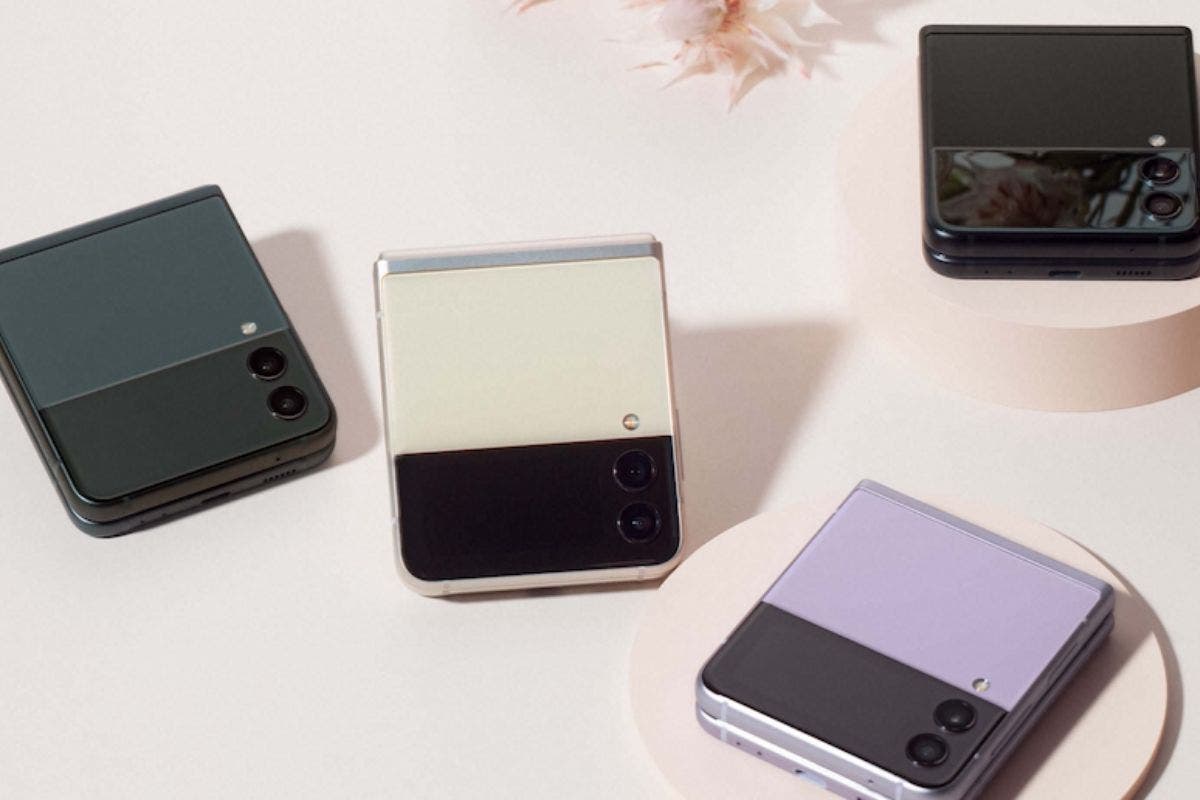
The phone also boasts of a dual-camera consisting of a 12-megapixel ultra-wide-angle lens and a 12-megapixel wide-angle lens. The main camera hosts 10MP camera for selfies.
Under the hood, we have a Qualcomm Snapdragon 888 processor. It is accompanied by an 8GB LPDDR5 RAM and a UFS 3.1 native storage (128GB or 256GB). Also, the Samsung Galaxy Z Flip 3 sports a 3300mAh battery, which supports a 15W wired charging, a 10W wireless charging and a 4.5W reverse wireless charging.
I costs $999.99 for the base 8GB+ 128GB variant, and $1099.99 for the 256GB model.
Xiaomi MIX 4
This is Xiaomi’s answer to Samsung models. It features a curved 6.67-inch AMOLED display with a 10-bit TrueColor. Plus, there is a Full HD+ resolution, a 120 Hz refresh rate and a 480Hz touch-sampling rate. Of course, it is covered with a Corning Gorilla Glass Victus.
However, unlike the Samsung models, our protagonist comes with a 20MP selfie camera. So if taking into account that many classes are online now, this is a great smartphone for students. Oh, we forgot to say this is an under-screen camera. Xiaomi’s solution includes a new type of flexible display and redesigned circuit array. It works to maximize the transparency and in turn light reaching the selfie camera sensor.
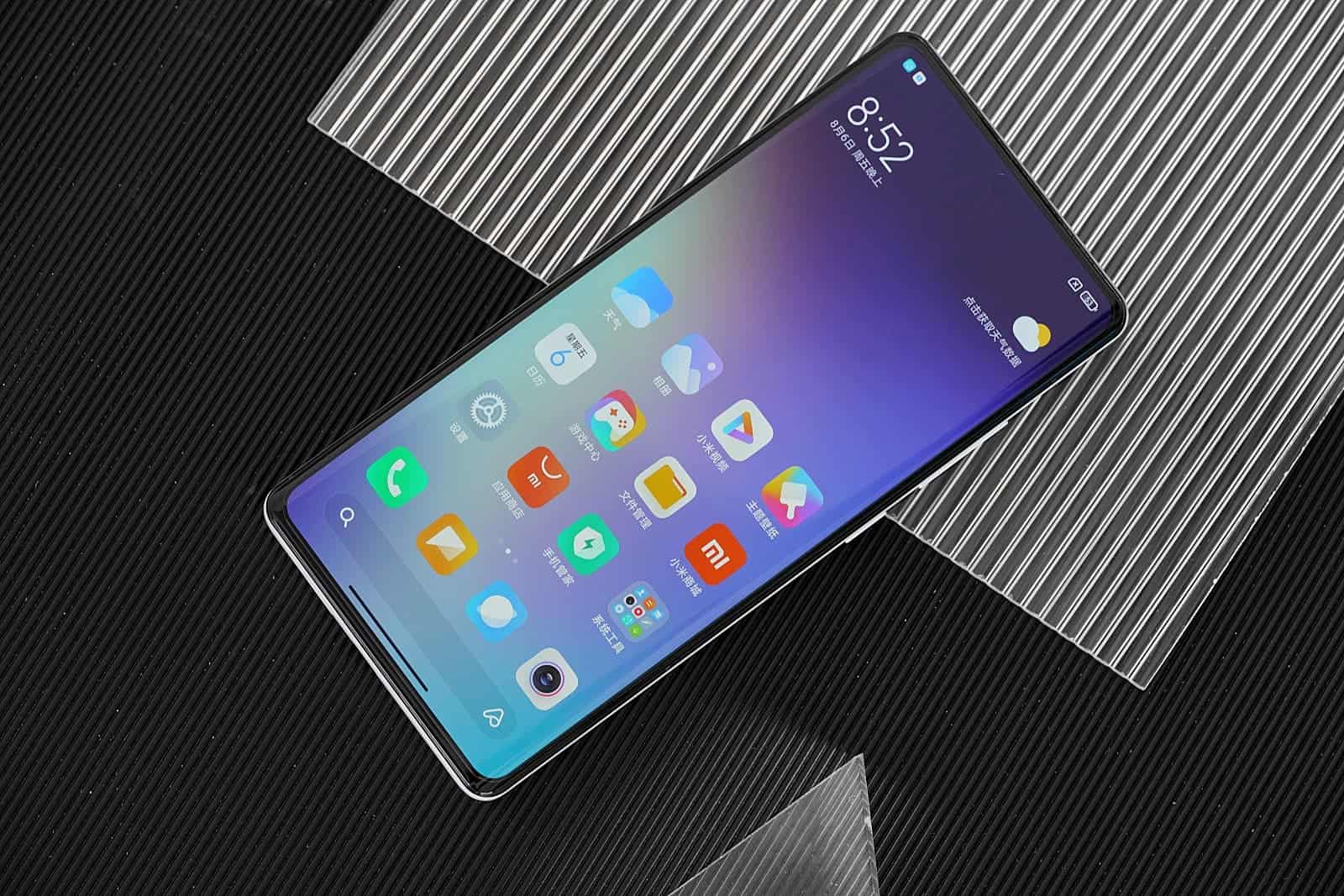
As for the main camera, there is a triple-camera with a 1/1.33-inch 108 MP ISOCELL HMX main sensor (OIS), an 8 MP periscope module (OIS + 5x Optical Zoom + 120mm equivalent focal length), and a 13MP ultra-wide camera with a free-form lens.
Also, the Xiaomi MIX 4 sports a Snapdragon 888 Plus chip, which is the overclocked variant of the chip used in the phones above. There are several options of an 8GB or a 12 GB RAM and a 128GB or a 512GB internal storage. The battery capacity is 4,500mAh, which supports a 120W charging. This astonishing speed can top up the battery in just 15 minutes in boost mode and 21 minutes in default.
The MIX 4 starts at CNY 4,999 ($770) and goes all the way up to CNY 6,299 ($970) for the variant with 12 GB of RAM and 512GB Internal Storage.
Honor Magic 3 Pro+
Besides the Honor Magic3 and Magic3 Pro, the company also announced the Honor Magic3 Ultimate Edition aka Honor Magic 3 Pro+. As the name implies, it is the top flagship smartphone of the entire series and is an ideal smartphone for students. This model has a higher-end design and upgraded the ceramic body. Moreover, it differs by its improved camera. The total resolution reaches 242MP.
For the first time, the Honor Magic 3 Pro+ adopts an ultra-curved nano-crystalline glass panel and nano-microcrystalline ceramic. This is one of the most durable materials and also supports anti-fall, anti-aging and has a more high-end texture.
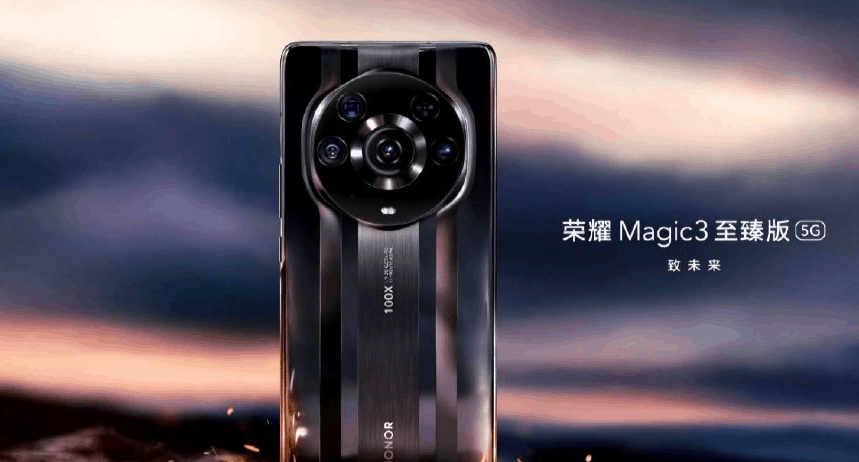
As said, the rear quad-camera is one of the best modules on the planet. The main camera has a 50MP resolution. It is a Sony IMX700 CMOS with a 1/1.28-inch outsole and supports 4-in-1 pixels. So it can synthesize 2.4um super-large pixels. This sensor is companied by a 64MP black and white lens, a 64MP telephoto lens and a 64MP ultra-wide-angle lens.
Like the MIX 4, it sports a Snapdragon 888+ chip and a 4600mAh battery, which supports a 66W fast charging, a 66W wireless fast charging, and a reverse charging.
The starting price is 7999 yuan ($1,235).
ZTE Axon 30 5G
This is the second-gen under-screen camera smartphone of the brand. It sports a 6.92-inch AMOLED display with a Full-HD+ resolution, and a cinema-grade aspect ratio of 20.5:9. Also, this screen has an impressive refresh rate of 120Hz and a 360Hz touch sampling rate.
This phone uses three unique processing technologies and features seven layers of material that are highly transparent. The Axon 30 5G will ship with 12GB of RAM and offer a hearty 256GB of onboard storage capacity. However, our protagonist uses memory fusion technology to utilize the free storage and expand it as up to 5GB of RAM.
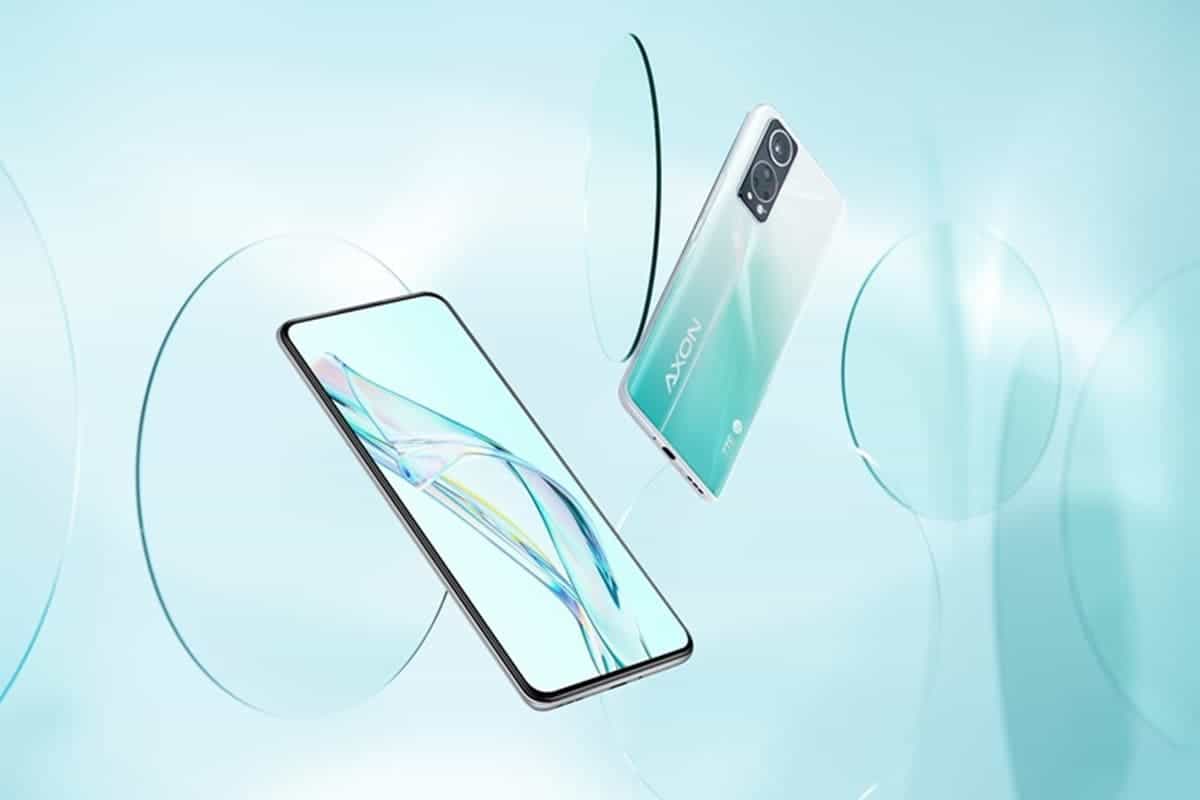
As for imaging, the Axon 30 5G features a quad-camera module, which includes a 64MP sensor with an aperture of f/1.79, an 8MP ultra-wide camera with 120-degree field of view support, a 5MP macro shooter, and a 2MP depth sensor. On the opposite side, we have a 16MP camera under the screen,
However, inside it carries only a Snapdragon 870 chip. There is also a 4,200mAh battery, which supports a 55W fast charging.
The 6GB RAM+128GB ROM model will set you back CNY 2,198 ($338). The slightly larger 12GB RAM+256GB ROM model retails for CNY 3,098 ($476).
Affordable Smartphones For Students
Redmi 10
The Redmi 10 is the first low-end smartphone to come with a high refresh rate display. Like the previous Redmi 9, it sports a 6.5-inch display, but now it supports a 90Hz refresh rate. The display can switch between 60 Hz and 45 Hz depending on the content shown in the screen. Surprisingly, the panel has a Full HD+ resolution.
Under the hood, the smartphone carries the MediaTek Helio G88 SoC. The phone has 4 GB and 6 GB of RAM and 64 GB or 128GB storage options.
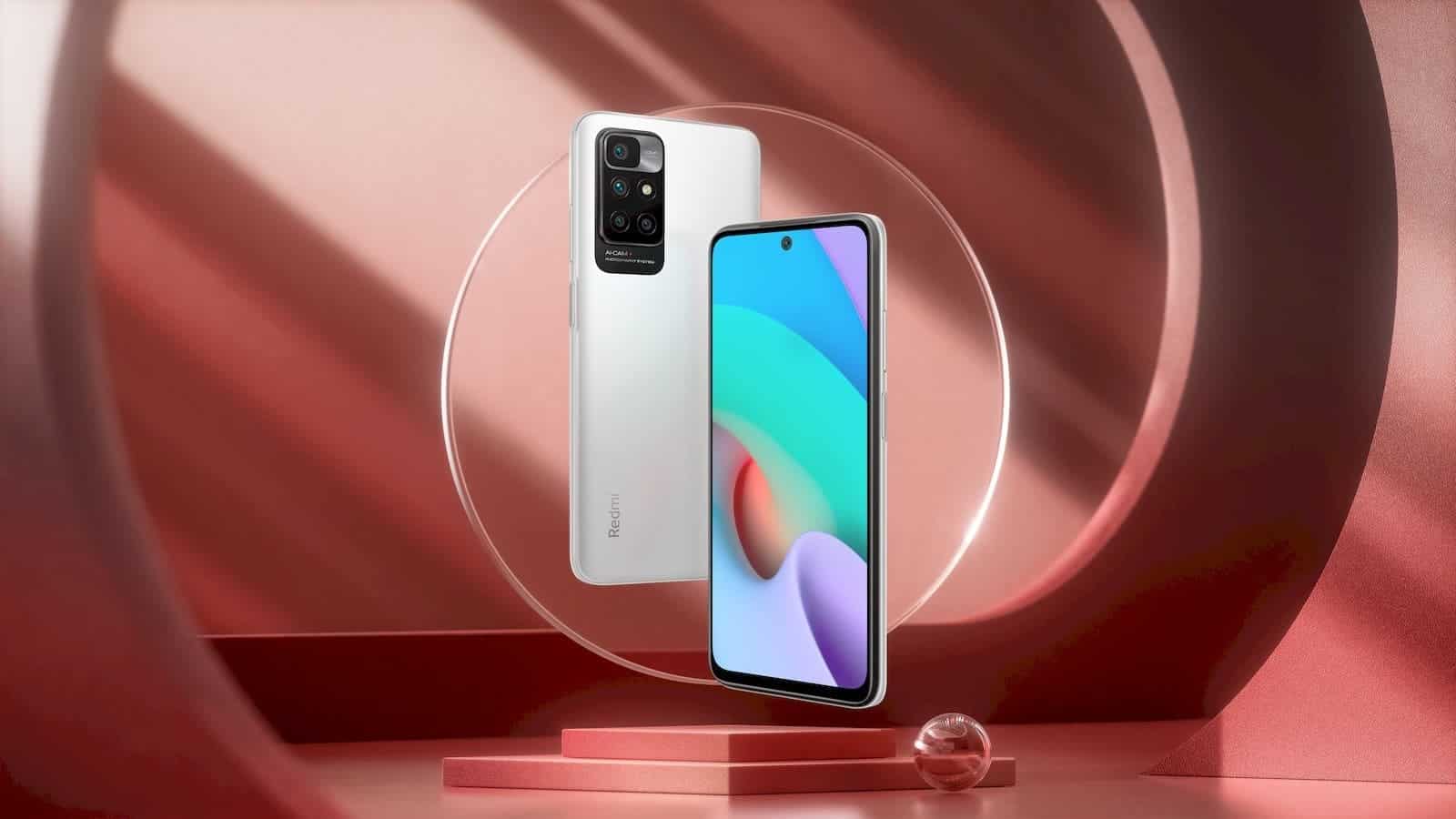
In terms of optics, the Redmi 10 has a quad-camera consisting of a 50 MP main camera, an 8MP ultrawide, and two 2 MP sensors. The front-facing snapper is an 8 MP camera.
Moreover, there is a 5,000 mAh battery keeping the lights on. It supports 18W fast-charging and 9W reverse wired charging. Xiaomi has been kind enough to provide a 22.5W charger with the bundle.
The Redmi 10 4GB/64GB model sells for $180, the 4GB/128GB option costs $200, and the 6GB/128GB trim will set you back by $220.
Nokia XR20
The Nokia XR20 is the first rugged smartphone from the company to support IP68 and MIL-STD-810G. in other words, this phone will survive falls from a height of up to 1.8 m, immersion in water and mud for one hour without damage to itself. So it is among the most rugged smartphones for students.
For this purpose, the company used invulnerable, rubberized and durable materials plus a Gorilla Glass Victus protection on the front. The Nokia XR20 comes with a 6.67-inch IPS display with a FullHD+ resolution and a refresh rate of 60Hz.
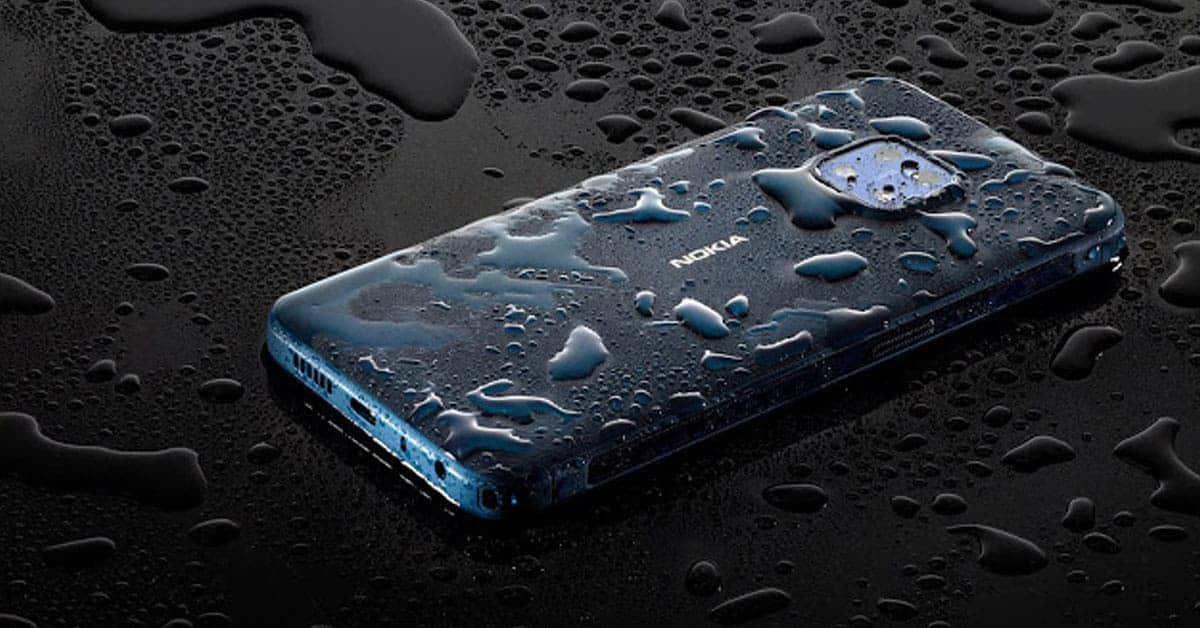
The Nokia XR20 has a side fingerprint scanner, a main dual-camera of 48MP + 13MP sensors combination and blessed by ZEISS optics as well as OZO Spatial Audio sound capture function.
There is a Snapdragon 480 inside, which is paired with a 4/6GB RAM and a 64/128GB storage. The battery capacity is 4360 mAh and it supports an 18W fast charging and a 15W wireless charging.
In the US, the smartphone is available for $ 549.99.
VIVO Y33s
The VIVO Y33s handset features a triple-rear camera on the rear, with a primary 50MP lens that is capable of taking better night shots. We also have a secondary 2MP macro lens with an aperture of f/2.4 and a final 2MP depth sensor. The front-facing 16MP camera has an aperture of f/2.0. The device also offers EIS that can allow for enhanced stability when it comes to video taking.
On the front, we have a 6.58-inch LCD display with a resolution of FHD+. When it comes to performance, the Vivo Y33s is powered by Mediatek’s Helio G80 SoC. The latter works jointly with an 8GB RAM and a 128GB native storage.
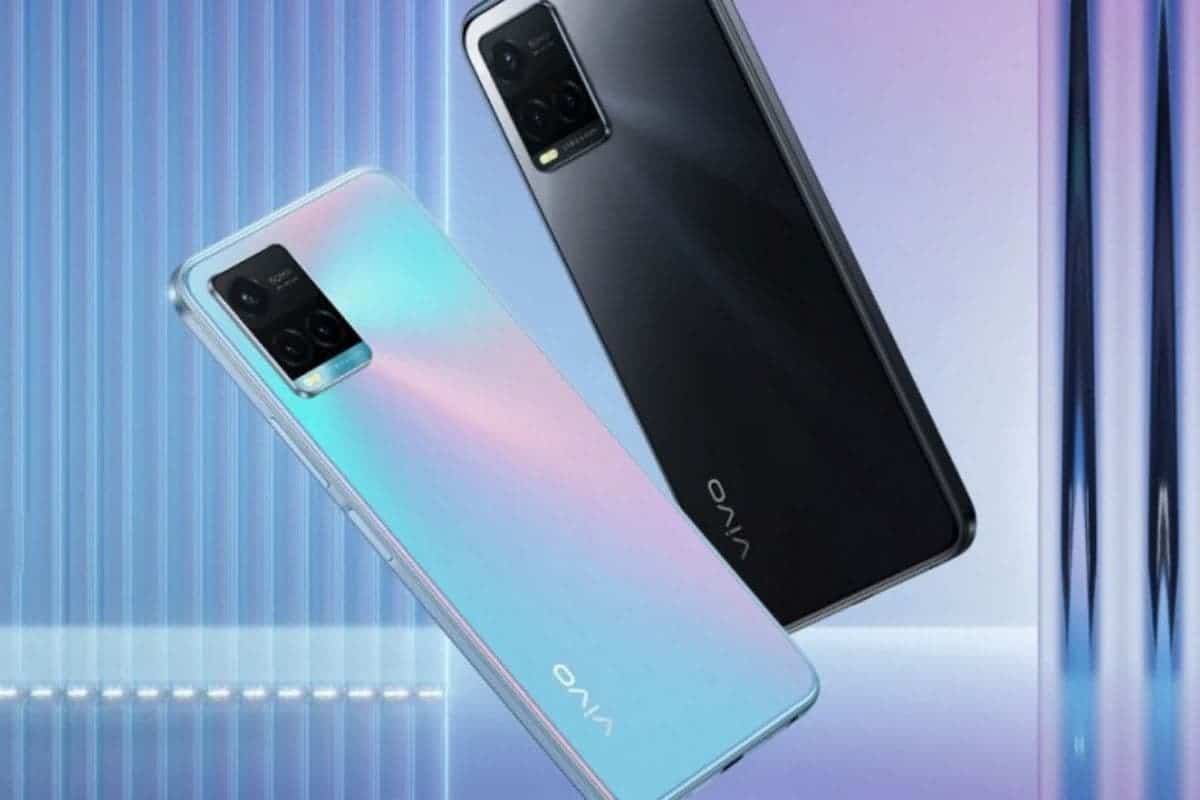
The device makes use of a 5,000 mAh battery with 18W charging, with a rear-mounted fingerprint sensor aiding security.
The Vivo Y33s is available at Rs 17,999 ($245) for the 8GB+128GB variant.
Ordinary Smartphones For Students
Google Pixel 5a
This is a cost-effective Pixel series smartphone. It has a new unibody aluminum design and an IP67 certification for dust and water resistance.
On the front, we have a 6.34-inch OLED display with a 2,400 x 1,080 resolution. The device has a top-left aligned punch-hole cutout and offers just a tepid 60 Hz refresh rate.
![]()
Insider, this amazing smartphone for students carries a Qualcomm Snapdragon 765G chip with 6 GB of LPDDR4X memory and 128 GB of Internal Storage. Also, it sports a 4680mAh battery, which only supports an 18W charging.
We have a 12 MP f/1.7 main camera and 16 MP f/2.2 ultra-wide cameras. For selfies and video calls, there is an 8 MP snapper with an f/2.0 aperture. This time around, the device lacks the spectral + flicker sensor.
The Google Pixel 5a 5G costs $449.
Honor X20
The Honor X20 comes with a 6.67-inch FHD+ full-screen LCD display that supports a 120Hz refresh rate. It also uses a pill-shape cutout in the top left corner with a 16MP lens. On the rear, this smartphone has a 64MP main camera as well as a 2MP depth of field sensor and a 2MP macro camera.
Under the hood, it sports a MediaTek Dimensity 900 processor coupled with 6GB/8GB of RAM and 128GB / 256GB of internal storage. The Honor X20 comes with the latest RAM expansion technology which is a flagship feature. The smart storage expansion technology expands the RAM of this smartphone by 2GB. This means that this device can have a maximum of 10GB of RAM.
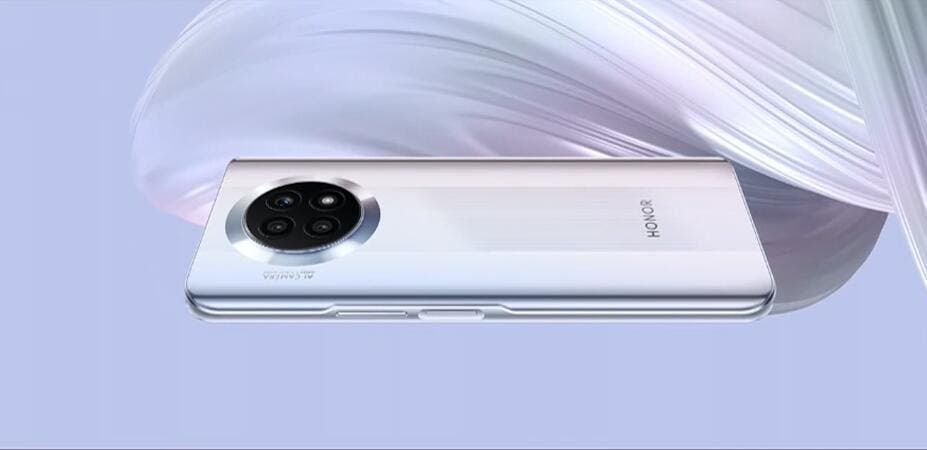
The device drains power from a 4300 mAh battery that supports a 66W super fast charging. The Honor X20 can charge up to 50% in just 15 minutes.
The 6GB + 128GB variant costs 1899 yuan ($293), the 8GB + 128GB model comes at 2199 yuan ($339), and the 8GB + 256GB version is 2499 yuan ($386).
Sony Xperia 1 III
The Xperia 1 III 5G is touted as the first Android phone in the world to feature a 120Hz 6.5-inch 4K HDR OLED display. As you guess, its biggest highlight is the screen. But also, it is the first handset in the world to feature a variable tele lens, Dual PD sensor, and offer the 360 Reality Audio via its speakers.
Moreover, Sony’s phone delivers 360 Spatial Sound up that can blend stereo music for a superior listening experience. Under the hood, we have the much-powerful Qualcomm Snapdragon 888 5G processor and a 4500mAh battery.
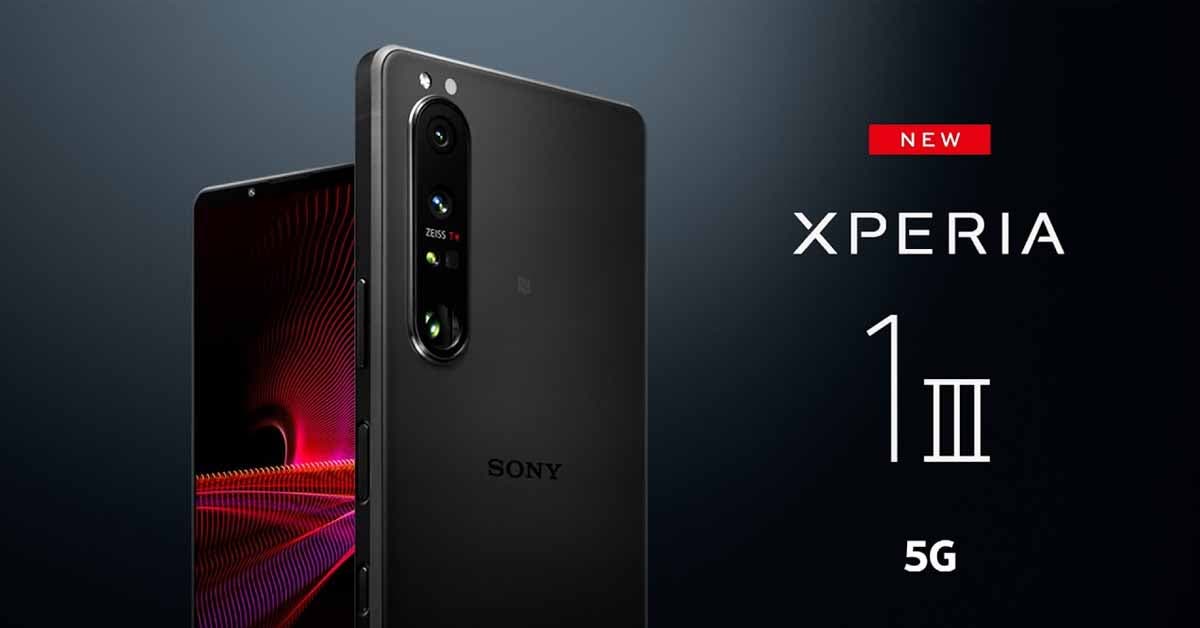
Like many other Xperia phones, it is covered with a Corning Gorilla Glass Victus coating and it has an IP65-68 water resistance.
The Sony Xperia 1 III comes with a triple camera module, that has a real-time AF tracking and four focal lengths as well as a ZEISS quality.
Other notable camera features include an Exmor RS image sensor, 3D iToF sensors, AF/AE tracking, AI Super Resolution technology, and Dual Photo Diode AF. Users can take advantage of a Photo Pro for quick snapshots and manual control. The Photo Pro draws inspiration from Sony Alpha.
Lastly, the phone adopts Game Enhancer tech, which allows you to set custom audio, mic, and display. The 240Hz Motion blur and the 120Hz 21:9 CinemaWide come in handy for rendering the images perfectly. So as you understand, this is one of the best smartphones for students who want something extraordinary.
The lowest version costs $1257.99.
Follow Gizchina.com on Google News for news and updates in the technology sector.


